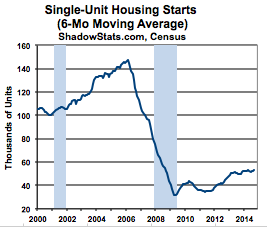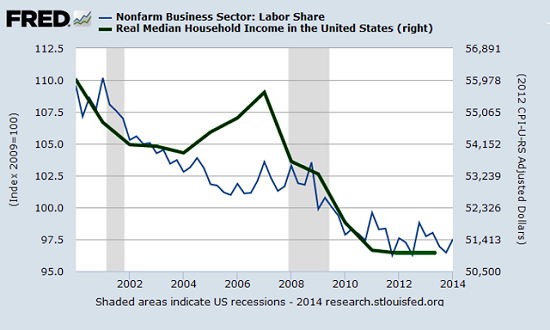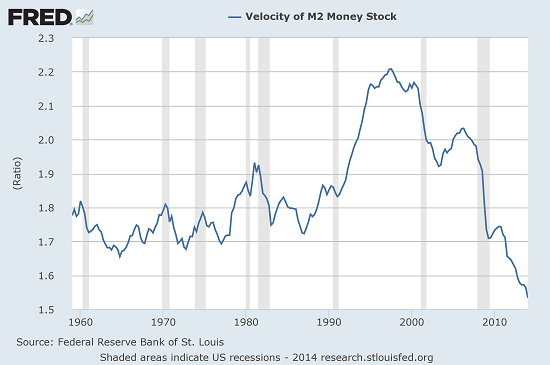more and more government intervention means less and less freedom and economic progress.....
but the 'progressives' (ie: socialists et al) believe just the opposite, yet they do not look at the reality of their 'thinking'.....and the actual real-life results of their so called progressive agenda: less freedom and liberty!
What's the Best Country for Business?
December 30, 2014
Forbes recently released its list of the best countries for business, and the United States has found itself far down the list. Kurt Badenhausen reports that America fell four spots this year, dropping to 18th place. While the country was second on the list in 2009, it has declined every year since.
Why the decline? Badenhausen offers a number of reasons:
- The U.S. government has expanded in size, bringing with it a host of new regulations in the health care and finance industries.
- Since 2009, there have been 130 new major federal regulations for starting businesses, costing $60 billion annually.
- For seven years in a row, the United States has dropped in the "economic freedom" rankings, as compiled by the Heritage Foundation, and its "monetary freedom" ranking is eighty-first out of 146 countries.
- America's corporate tax rates are the highest in the developed world, and the tax system is incredibly complex. The World Bank ranks the U.S. corporate tax system forty-third among 146 nations.
Which nation topped the Forbes list? Denmark. Badenhausen explains that its few regulations make it easy -- and relatively inexpensive -- to start new businesses in the country. Following Denmark and rounding out the top 10 were Hong Kong, New Zealand, Ireland, Sweden, Canada, Norway, Singapore, Switzerland and Finland.
Source: Kurt Badenhausen, "U.S. Slides Again As Denmark Tops Forbes' Best Countries For Business," Forbes.com, December 17, 2014.


























